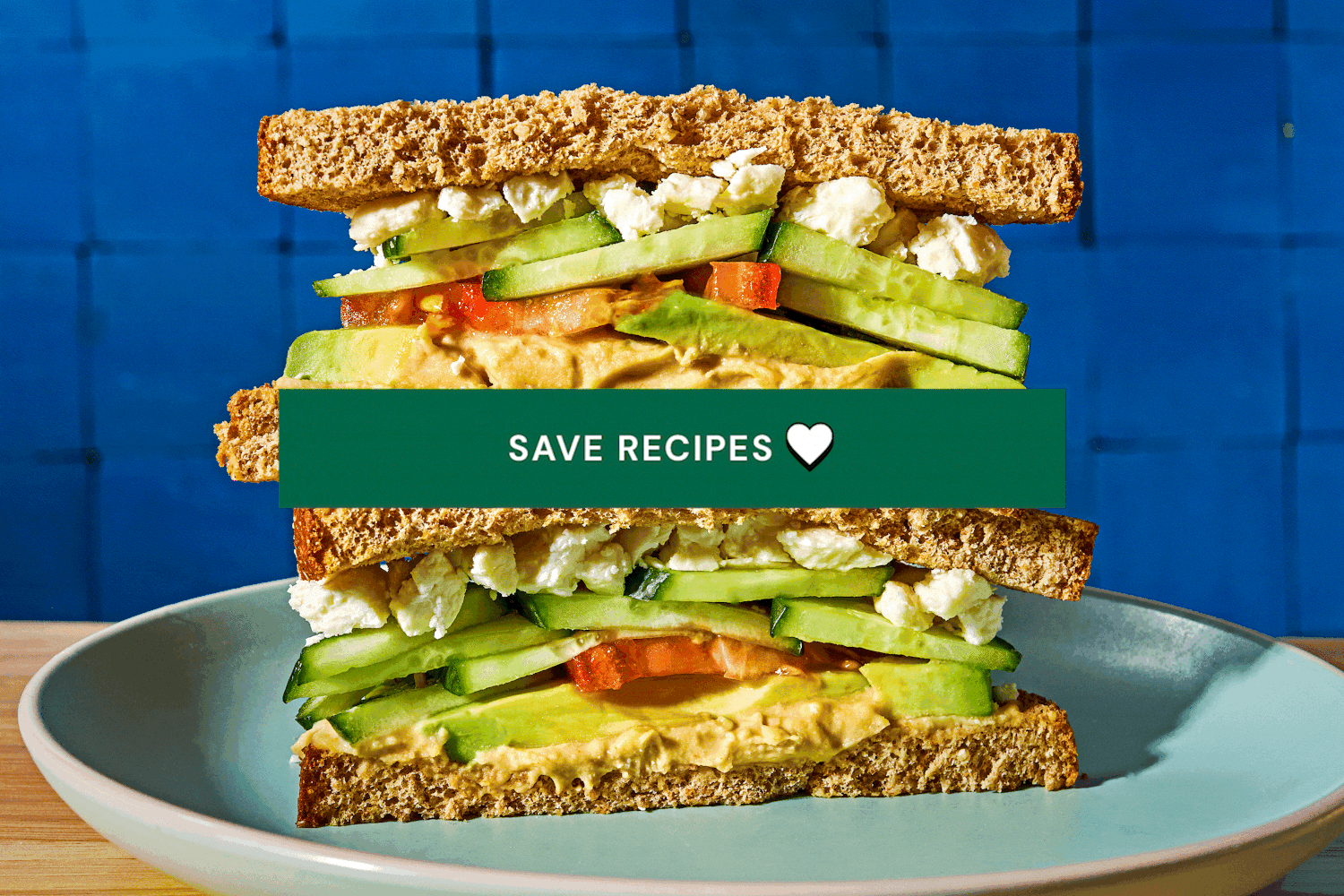Key Takeaways
- Chia pudding is the most underrated breakfast for increasing your fiber intake.
- Chia seeds are also rich in omega-3 fatty acids, which help reduce inflammation, support heart health and protect brain health.
- This meal-prep-friendly breakfast can be customized to the flavors of your choosing.
When it comes to fiber-filled breakfasts, oatmeal often steals the spotlight—but there’s another option that’s nutrient-dense, versatile and surprisingly easy to overlook: chia seed pudding. Made with just a few pantry staples, chia pudding is a fiber-packed meal that’s simple to prepare the night before and endlessly customizable. Whether you’re looking to improve your gut health, stay full through the morning or just streamline your morning routine, here’s why chia pudding should be your go-to.
It’s Seriously High in Fiber
Chia seeds may be tiny, but they pack a major fiber punch. Just 1 ounce of chia seeds (about 2½ tablespoons) delivers an impressive 10 grams of dietary fiber—about 36% of the recommended daily intake for most adults. This recipe calls for 2 tablespoons of chia seeds alongside fruit, which bumps the fiber to 11 grams per serving.
Most of the fiber in chia seeds is soluble fiber, which forms a gel-like substance in the gut that slows digestion and promotes fullness. Wendy Bazilian, Dr.P.H., RDN, a nutrition expert and host of the 1,000 Waking Minutes podcast, says, “Human clinical trials have shown that this gel-like fiber delays gastric emptying, promotes regular bowel movements and may contribute to helping with satiety and fullness after meals.”
Bazilian also points to a study finding that chia has the ability to convert glucose into a slow-release carbohydrate and keep you fuller longer, even more so than flax—possibly because its fiber forms a thicker, more gel-like texture in the gut.
It’s Rich in Omega-3 Fatty Acids
Chia seeds are one of the best plant-based sources of omega-3 fatty acids that support heart, brain and overall health. They’re especially high in ALA (alpha-linolenic acid), which the body can convert into other important omega-3s called DHA and EPA—the ones most people associate with fatty fish. While that conversion isn’t super efficient, Bazilian notes a growing understanding suggesting the body may convert just what it needs, with regular turnover to help maintain healthy levels over time.
ALA has important benefits of its own, too. In fact, higher ALA intake has been linked to lower inflammation, healthier cholesterol levels and reduced risk of heart disease. For anyone following a more plant-based or flexitarian diet, chia seeds are a simple way to meet omega-3 needs in just 2 tablespoons a day. A 1-ounce serving of chia seeds provides about 5 grams of ALA—well above the recommended daily intake of 1.1 grams for women and 1.6 grams for men.
It’s Perfect for Meal Prep
Chia pudding may be one of the easiest breakfasts you can make. It requires no cooking, just a quick stir of chia seeds into your favorite milk, and a little time in the fridge. Once chilled for a few hours or overnight, the seeds absorb the liquid and thicken into a creamy, pudding-like texture. It keeps well in the fridge for up to three days, making it perfect for prepping a few puddings ahead of time.
It’s Versatile and Customizable
One of the best parts about chia pudding is how easy it is to make it your own. Start with the base recipe, and from there you can switch up the flavors and toppings depending on what you’re in the mood for.
Try mixing in different fruits like sliced bananas, berries or peaches, or various nuts like almonds, pistachios or walnuts. Stir in a dash of cinnamon or cocoa powder for extra flavor, or stir in a spoonful of creamy peanut butter for an extra protein boost.
Other Tips for Eating More Fiber
The daily recommended amount of fiber ranges from about 25 to 38 grams depending on age and sex. Chia pudding is a great way to start your day with fiber, but it’s important to prioritize fiber throughout the entire day.
As Bazilian puts it, “It’s the small, consistent additions that add up to big benefits for digestion, blood sugar balance and satiety.” Here are a few simple ways to get more fiber into your meals and snacks.
- Add Seeds and Nuts: Toss chia, flax, hemp or pumpkin seeds onto smoothies, salads and yogurt. A couple of tablespoons can add several grams of fiber, alongside healthy fats and protein. Basilian says, even small additions—like a tablespoon of chia seeds in a smoothie with 5 grams of fiber—can make a meaningful impact.
- Choose Whole Grains: Swapping white bread, pasta and rice for whole-grain varieties is a small change but something that can make a big difference over time. Try options like quinoa, farro, brown rice, bulgur or whole-grain bread and cereals.
- Fill Half Your Plate with Fruits and Vegetables: Vegetables and fruits, especially when you eat the skin, are excellent sources of fiber. Aim to include a fruit or vegetable at every meal, and mix up the colors to get a larger range of nutrients.
- Lean on Legumes: Legumes like lentils, black beans, chickpeas and kidney beans are loaded with both fiber and plant-based protein. They’re an easy, budget-friendly way to increase your fiber intake. Toss them into soups, stews, salads or grain bowls for a filling and nutritious upgrade.
Top-Rated High-Fiber Recipes
The Bottom Line
If you’re looking for a high-fiber, nutrient-dense breakfast that’s easy to meal-prep, chia seed pudding has you covered. It’s rich in heart-healthy omega-3s, packed with 11 grams of dietary fiber per serving, and can be customized with your favorite fruits and nuts. Be sure to grab the recipe and give this underrated breakfast a try! Have extra chia seeds? Check out our collection of other Healthy Chia Seed Recipes.


